2020 vision: What to expect in healthcare finance over the next decade
Over the past decade, huge transformational trends have unfolded in healthcare that seem likely to play pivotal roles in determining the industry’s evolution in years to come. The primary transformational factors are well known and have been much discussed: consumerism, value-based care, technology and the shift of care away from inpatient settings, to name a few.
As healthcare leaders develop their organizational strategies for 2020 and beyond, they clearly must plan for the continuing impact of these trends. Yet they also should be alert to possible innovations or disruptions that could take the industry in new and unanticipated directions. Taken together, the sheer abundance of factors healthcare leaders must consider makes strategic planning for the 2020s anything but simple and straightforward.
To provide deeper insight into what lies ahead, we reached out to some industry thought leaders for their perspectives. Our questions were focused less on eliciting specific predictions than on understanding the various forces that are competing to shape the future of healthcare. Here, we share some of these thought leaders’ comments aimed at informing healthcare finance leaders about the issues they should keep top of mind.
9 key healthcare trends in the 2020s
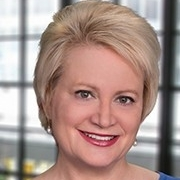
Susan Dentzer, visiting fellow, Duke-Margolis Center for Health Policy and former editor in chief, Health Affairs, offered a detailed list of key trends she believes are likely to influence healthcare in the next decade:
- The increasing desire on the part of payers and purchasers to identify total costs of care as a key component to understanding the value of healthcare.
- The transition from fee-for-service to value-based payment and alternative payment models, driven by pressure for greater affordability and improved outcomes.
- The movement of healthcare from traditional institutional settings toward more distributed settings, including consumers’ homes and workplaces — driven by technologies such as telehealth.
- The desire of consumers and their employers/ purchasers for greater convenience.
- The increasing use of data and analytics, and greater interoperability of EHRs and other means of collecting health data to inform healthcare delivery at all levels.
- The advent of more precision medicine and precision or customized care, out of the scientific recognition of heterogeneity within disease states and variability of needs among individuals. One-size-fits-all medicine is appropriate sometimes, but far from all the time. Unnecessary variation can drive costs, but appropriate and tailored variation informed by data can improve care and constrain costs.
- The increasing focus on upstream drivers of health that lie outside the clinical delivery system, and the desire for healthcare to take ownership in addressing social and economic determinants.
- The increasing integration of providers and payers into payvider systems operating under new incentives to make care as affordable, efficient, cost-effective and consumer-focused as possible.
- Growing pressure to improve the efficiency of labor. With the advent of new technologies, such as artificial intelligence, there will be both upskilling and downskilling in the healthcare labor force. As technologies provide clinical decision support and even sometimes outperform humans, physicians can increasingly focus on the true cognitive practice of medicine at the top of their licenses.
The future healthcare landscape
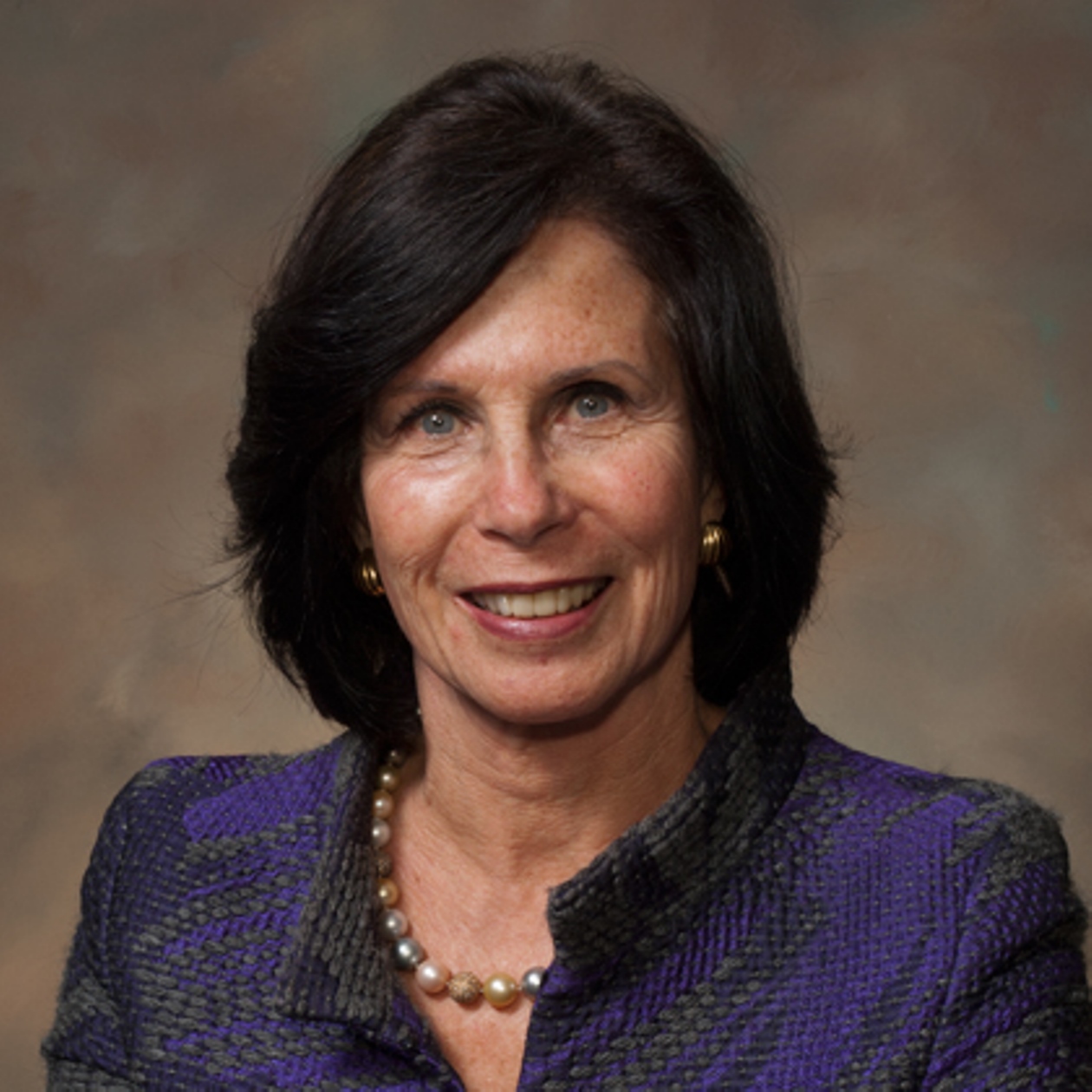
“Trends we have been seeing will continue into the next decade,” said Gail Wilensky, PhD, senior fellow, Project HOPE, and former administrator of the Health Care Financing Administration, now CMS. “This means moving therapeutic interventions out of the hospital and outpatient settings into lower-cost settings wherever it is technically and economically feasible. It also suggests an increased reliance on electronic communications between clinicians and patients.”
Wilensky, like others, also anticipates an increased use of telehealth along with growing reliance on smartphones, iPads and tablets to connect patients with clinicians. “This type of communication will be particularly important during off-hours but will be used during regular hours as well,” she said. “This shift will pressure many medical clinics as well as clinicians to search out ways to distinguish themselves from their competitors.”
The trends will combine and reinforce each other over time, Wilensky said, with the following results:
- Increased pressure on healthcare providers to reduce costs
- A decline in the number of freestanding hospitals
- Increasing disruption of older business models that thrive on care volume
- Greater consolidation within and among health systems
- Entry of new players, particularly from the technology sector, into healthcare delivery
- Greater investment in new care delivery models built on new technology platforms
“Tomorrow’s patients will care less about having a longstanding relationship with a particular provider than about finding the best solutions for their healthcare issues when they need them,” Wilensky said.
Healthcare leaders will have to adapt and respond to these trends, Wilensky stressed. “To the degree that they can be proactive, they must find ways to transition their systems to meet these new realities rather than pretending that they won’t happen. If they reinvent their systems to accommodate these trends, they’ll be survivors.”
Healthcare Reform
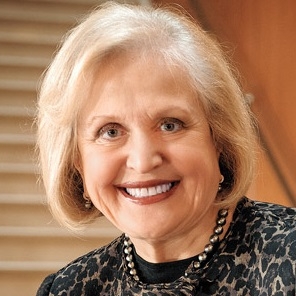
Regina Herzlinger and Richard Boxer, MD, FACS, who identify themselves respectively as being “left and right of center,” hold out hope for bipartisan policy solutions to the challenges facing the nation’s healthcare system. Herzlinger is Nancy R. McPherson Professor of Business Administration at the Harvard Business School, and Boxer is founder and managing partner, Boxer Health Strategies, and clinical professor of urology and visiting scholar at the David Geffen School of Medicine at UCLA . Both Herzinger and Boxer believe the next administration will adopt a public option that will appeal to Republicans and Democrats because of its fiscal soundness from being operated on a pay-as-you-go basis, like a private-sector insurance plan.
In describing the benefits of such a plan, Herzlinger said, “Unlike Medicare, it does not charge current users about half the cost and pass the rest on for future generations to pay. Rather, its low costs come about because it takes advantage of Medicare’s massive administrative economies.”
Herzlinger suggested the public option would be lowerpriced than many traditional plans and thus enable more coverage of the uninsured. “But it will also be the domino that will cause the whole system to cascade,” she said.
“Private insurance plans will be forced to compete with the public option. They can do things that a public plan cannot, such as offer medical travel to high-quality, low-cost providers. So this is really bipartisan: low-cost, fiscally conservative and competitive for the Republicans, and a public plan that widens coverage for the Democrats.”
“What’s needed to make this happen is management of the plan by financially savvy people, like HFMA’s members, and oversight by healthcare accountants who would attest that it follows GAAP,” Herzlinger said.
Regarding the near future, Boxer added , “I think that, unfortunately, there is no question that nothing is going to get done. No one will be even thinking of the future because they’re so completely immersed in the present. Hopefully, after the 2020 election, our national attention will turn toward improving healthcare delivery and the fiscal means and methods necessary to achieve the new goals.”
Innovation opportunities
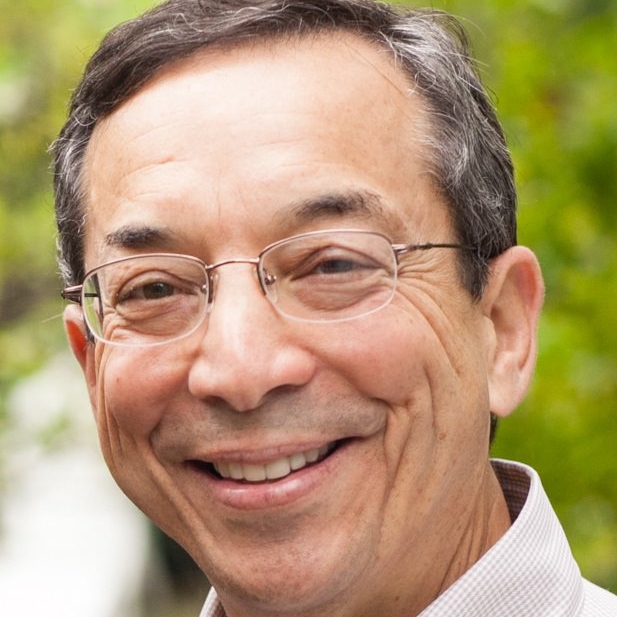
Richard Boxer underscored that the U.S. healthcare system is on an inexorable move toward profound change. “It is presently too unmanageable, too expensive, too unresponsive to the changing demographics of the nation, too dependent upon hospital-based bricks and mortar and too dependent upon magical accounting with financial gimmicks, which ultimately cause the system to be too dependent upon future generations paying for it.”
But the factors driving change represent not only megatrends but also mega-opportunities, he emphasized. He and
Regina Herzlinger cited three major innovation opportunities:
- Cutting costs by developing new sites for care and new types of workforces
- Empowering consumers with information and self-help capabilities through apps and wearable/implantable sensors
- Commercializing technology through personalization and telemedicine
Herzlinger suggested innovation would require a move away from some popular current solutions: “Sadly, the ACOs are destined to fail. Nowhere in the economy do you see vertically integrated organizations on the scale of the ACOs.
The activities in these kinds of organizations are simply too diverse to manage successfully.”
Other current solutions hold promise, she said, noting that bundles for procedures are simpler to execute and can cut costs by improving the quality of care. “But the 800-pound gorilla of the healthcare system — people with chronic diseases — is left untouched by the bundlers,” she said. “What we really need is bundled care for these diseases, such as diabetes and all its 34 common comorbidities.”
Boxer suggested it will be innovations in healthcare delivery, not new policies or planning around payment, that will help the nation reduce its costs of healthcare. “I think that in certain respects, we’re going to cure our way out of some of the healthcare crises rather than centrally plan our way out. If, for example, you find a cure to a disease, you don’t have toworry about that disease anymore,” he said. “There is no need for iron lungs for polio victims because of the vaccine.”
Focus on efficiency
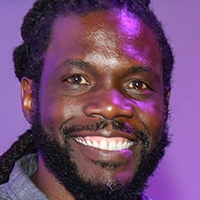
Marcus Whitney, owner and cofounder of Health: Further and a keynote speaker at HFMA’s 2019 Annual Conference, emphasized that one key capability will be required to achieve success in the future healthcare environment: efficiency. “I believe free-market forces and political scrutiny are putting pressure on waste, abuse and inefficiencies in the healthcare system,” he said. “This is going to drive efficiencies in multiple ways, some good and some not so good.”
Whitney said the role providers will play in shaping this future landscape will depend on their mindset and how well they are currently positioned. “Providers that have strong financials and balance sheets, and private equity behind them, will play a big role in the future,” he said. “Smaller providers can play a role if they lean into innovation and position themselves to fit within other, larger providers as consolidation continues. For providers generally, financial health and scale are the priorities. Next is ability to innovate.”
Telemedicine
A constant refrain in our conversations with thought leaders was the pivotal importance of technology in shaping healthcare’s future. And telemedicine was among the most-cited technologies, because of its huge promise for improving access to and quality or care, while reducing cost.
Richard Boxer, MD, FACS, suggested telemedicine will bring about a critical change in the paradigm of healthcare delivery. “It has removed the necessity of bricks and mortar,” he said. “And that change is a move from bringing patients to healthcare to instead bringing healthcare to patients.”
Telemedicine also can be a lifesaver for the 100 million people in rural America who are not near a healthcare facility, he said. “It’s been shown repeatedly that at least 25% of all healthcare can be delivered via the telephone or video conferencing.”
Speaking as a urologist, Boxer said, “You might ask, ‘How in the world can you do urology via telephone?’ But the consultation can occur with remarkable quality because the technology allows me to see the imaging, labs and medical records. If the patient needs a biopsy, more imaging, lab or surgery, the patient comes to UCLA. If the patient requires a procedure, she returns home and I speak to her about the results. Not only does she save time driving to my office, she receives care that would be otherwise unavailable.”
Over the past 16 years, telemedicine has gone from helping only dozens or hundreds of patients to helping millions, Boxer said. And the time is coming, he suggested, when everybody will get some of their healthcare through telemedicine. “Health systems are insisting that their doctors participate in telemedicine. And there are national companies entering every state in the union. Health systems are developing their own telemedicine in order to compete.”
Boxer also noted telemedicine’s value to health systems as a referral engine. “Today it’s a cold, and tomorrow it’s a total hip, “he said. “That makes it of great value even if it’s a loss leader.”
Value-based payment
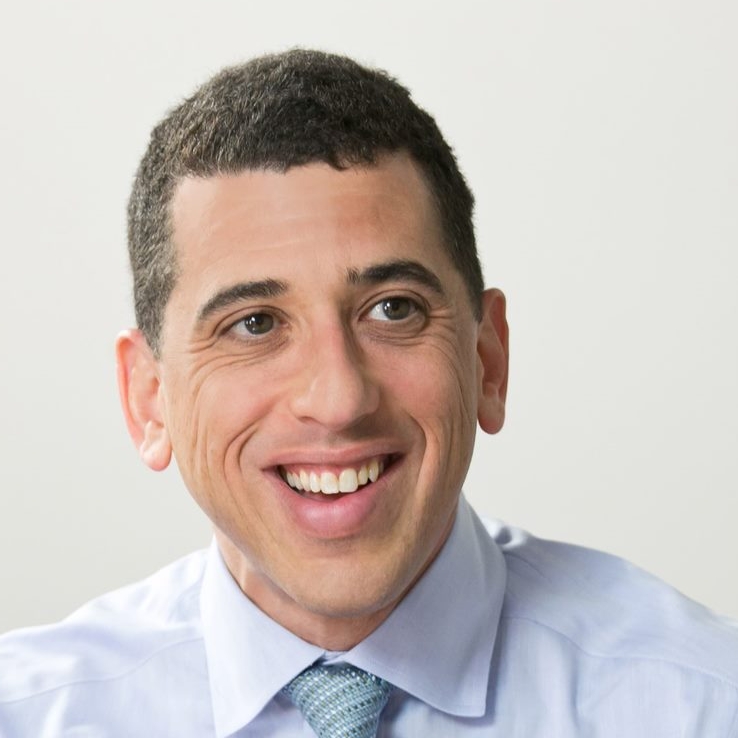
When asked what single word describes his vision of healthcare in the 2020s, Dan Mendelson said, value-based.
“Payers are increasingly focused on paying for value through outcomes-based payments that are based on data,” said Mendelson, who is founder and former CEO Avalere Health. “In an increasingly capitated environment, providers will bear more responsibility for these outcomes and for engaging positively with consumers.”
Mendelson sees this transition to a value-based healthcare system as being a fundamental generational change that is unfolding slowly, “like most things in healthcare.”
This tendency for slow change in healthcare is hard-wired into our expectations, he suggested.
“We all have an abiding viewpoint, especially when someone in our family gets sick, that we want things to be the way we understand them, and that causes things to move really slowly.”
But he also pointed to indicators of the trend toward value-based care: “In the late 1990s, we had about 6% of Medicare beneficiaries in Medicare Advantage, the managed care portion of Medicare. Now we have 35% or 36% of beneficiaries in Medicare Advantage. It’s growing at about 8% a year. And by our projections, what that means is that by 2025, more than half the Medicare population will be in fully capitated managed care.”
He also noted Medicaid is expanding into fully capitated managed care. And with the remaining fee-for-service lives, there’s a strong interest on the part of government to get them into more managed settings.
“So I think we are at a point where you can see evidence of more of a value-based system,” he said. “But I don’t consider this value-based concept as a panacea. It has pros and cons. You’re trading in a financial incentive to do more with a financial incentive to do less and to target your resources specifically to the places where quality measures exist.”
Consumerism and margin management
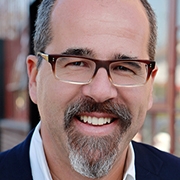
François de Brantes, senior vice president, business development, Remedy, predicts consumerism will continue to shape healthcare in the 2020s. “Consumerism has been driven to-date by the increase in patient cost-sharing that has already reshaped the retail end of the healthcare market,” he said. “Note the reshaping of primary care, urgent care and pharmacies with health hubs. During the 2020s, consumerism will be further driven by increased transparency in quality and price and shifts in health plan benefit design that will significantly encourage plan members to seek higher-value providers.”
Purchaser activism has risen in lockstep with healthcare prices and with the revelation of the differential between Medicare prices and those imposed on the commercially insured, de Brantes said. “In the 2020s, prompted by increased price transparency, employers will exert pressure on providers to control price increases and will more aggressively steer plan members to higher-value providers as they also amplify the scope and breadth of alternative payment models [APMs]. In combination, these forces will create pressure on providers to reshape the delivery system.”
In this environment, he said, finance leaders should prepare to move from a singular focus on top-line revenue growth to managing margin, like most organizations in most other industries. “APMs and consumer steerage translate into a tight focus on delivering a high-value service.”
He suggested that, for the most part, one could define services as episodes of care. “And the value for purchasers, including consumers, is the all-in price,” he said. “For those who provide that service, top-line revenue will come only if the episode’s value is greater than that delivered by others.”
Thus, de Brantes said, providers must focus on the margin per episode and find ways of controlling the costs of producing that episode, or they will fail to grow their revenue. “That focus is the opposite of today’s healthcare operations, which are seldom concerned with the underlying costs of delivering care, since most of those costs are simply converted into top-line revenue.”
Cybersecurity
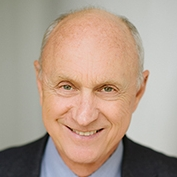
Cybersecurity, particularly around medical devices, is one of the greatest concerns facing the nation’s healthcare industry, according to Jeff Goldsmith, president, Health Futures, Inc.., and national advisor, Navigant, a Guidehouse Company. “The confluence of two forces — the migration of clinical and financial IT for health systems to the cloud, and the Internet of Things [IOT] for connected devices inside hospitals — conspire to create great vulnerability to cyberattacks, not only for ransom, but for malicious wounding of patients and institutions,” Goldsmith said.
The problem is much greater than just seeing institutions be subjected to ransomware shutdowns that force them onto paper and manual ordering, he said. The greatest concern is the potential for mass casualty incidents in hospitals, where malicious hackers take control over infusion pumps, patient monitoring and life support systems like ventilation, oxygen systems, elevators, electricity and HVACs.
“The IOT movement alone, if not carefully managed, opens the door to great potential harm to the patients, in the name of ‘convenience,’” he said. “It is not obvious to me that the risk/benefit ratio for IOT in hospitals is sustainable. Health system C-suites are aware of these risks, but not sufficiently energized to manage them or to invest appropriately in controlling them. This is a disaster just waiting to happen.”
Goldsmith characterizes this cybersecurity concern as a sleeper issue. But just one incident, like the crisis with Tylenol in 1982, involving cyanide-laced capsules, will force the entire industry to make this issue the highest priority.
“The issue is addressable by standards,” he said, noting that it needs to be approached systematically, with a dramatic tightening of the standards for core access to the devices. But also he noted the issue extends to things like the power grid, which are beyond a hospital’s control, and that, while CEOs and CFOs are sophis cated enough to understand the risk, they also have many urgent needs commanding their attention that prevent it from becoming a top priority.
“This is an industry that tends to be reactive,” he said. “And the question is, what is the threshold event that’s going to turn this into a top-three priority for a $1 billion or a $5 billion health system?”
Reinventing healthcare

When asked how he would describe the healthcare landscape of the 2020s, Jeff Bauer summed it up in one word: chaos. “I use the term literally: a confused and unorganized state lacking in consistent order,” said Bauer, who is an independent health futurist and medical economist, and author of more than 275 publications on healthcare delivery.
Bauer suggested that healthcare entities will find themselves in one of three categories:
- 25% failed or failing by trying to preserve traditional business models
- 40% surviving by making some changes in response to transformational changes in medical science, technology and consumer empowerment
- 35% thriving by reinventing healthcare through creative adoption of different options form a wide range of opportunities
The failed and failing organizations will tend to be those that expected the government to save them,” he said. “It’s a dangerous assumption because I think the chances of meaningful health reform at the federal level are close to zero for the foreseeable future.”
Bauer emphasized that successful healthcare organizations will be those that reinvent healthcare, and part of that will be to rethink caregiver roles. “The point is, it doesn’t have to be a doctor,” he said. He pointed to opportunities through telemedicine and non-interventional therapies for care to be delivered by nonphysicians in nontraditional sites, such as home and retail. “If you want to start reinventing the future of healthcare, you’ll look at where you can be putting healthcare into retail space,” he said.
Bauer also said that healthcare leaders should not look for a one-size-fits-all key to success. They need to understand their own market’s unique characteristics. “Simply doing the right thing is not a guaranteed key to success,” he said. “Anybody that’s going to have a successful future is going to build it solely based on the realm of opportunities of their local markets. And the differences in markets in this country are so dramatic that somebody who sets the world on fire and does really neat things in California would probably fail dismally doing the same thing in South Carolina.”
Climate Change
Jeff Bauer suggested the most consequential change in the next five to 10 years will be climate change’s impact on healthcare. “Hurricanes and tornadoes (more in frequency and intensity), fires, drought, extreme heat and cold, and rising sea level will all create major problems for providers, much sooner than expected,” he said. “Depression, trauma, infectious diseases and other environmentally linked diseases will create many new demands for which healthcare is poorly prepared.”
Bauer’s grim forecast is not based on his 50 years as a health futurist and medical economist. “I was originally trained in meteorology and have continued to follow climate science since changing careers,” he said. “Given the political system’s inability to prepare for climate change, I’m not sure that health professionals and provider organizations can do much of anything other than responding on an ad hoc basis in the context of the local climate and economy.”
To reinforce his point, Bauer referred to the science of epidemiology, which focuses on what we define as a disease and how it gets spread. “The relationship between the epidemiology of an area and the climate is well known,” he said. Bauer noted, for example, that as recently as the 1990s, mosquito-borne diseases in the United States tended to be limited to an area roughly between Florida, around through Mississippi, Louisiana, and over to Texas. “There were only four or five states where those were relevant,” he said. But with a change in the average temperature in a climate by one degree, the types of mosquitoes that carry those viruses move hundreds and hundreds of miles North — causing those diseases such as West Nile disease to become a concern for hospitals in Illinois, for example.
Bauer also notes that people with congestive heart failure tend to have much higher death rates in a hot summer. “So what if every summer is getting hotter?” he asks. “You’re going to see effects of the environment on chronic health conditions and on disease you never saw before.”





